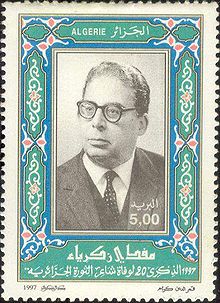[Posted on the 9th of April in papylist https://lists.ku.dk/hyperkitty/list/papy@lists.hum.ku.dk/]
I would like to announce two forthcoming positions at Würzburg University. Please find details below, and feel free to share, and to contact myself or Prof. Dr. Martin Stadler for fuller details.
Two Five-year Positions: Study of Coptic Magic (doctoral and post-doctoral)
As part of the new Excellent Ideas programme, the Julius-Maximilians-Universität Würzburg is pleased to announce two vacancies within the Department of Egyptology:
- 1 postdoctoral researcher (TV-L E13 100%; initial monthly salary min. 3,672.02 EUR before tax)
- 1 doctoral assistant (TV-L E13 50%; initial monthly salary min. 1,836.01 EUR before tax)
These positions will be part of a new in-depth project studying “magical” texts from Late Antique and early Islamic Egypt written in Coptic, and will involve the creation of a database of published and unpublished texts, the edition and re-edition of original manuscripts, and the production of research situating them within their historical, social and intellectual context. The appointed applicants will work with the team co-ordinator (Dr. Korshi Dosoo).
Both positions will begin 1 September 2018, running for five years until 31 August 2023.
The postdoctoral candidate will require a doctoral degree in a relevant discipline (Coptic Studies, Papyrology, Egyptology, Early Christian Studies, Islamic Studies etc.), and a strong knowledge of the Coptic and Greek languages, as well as fluent English and at least a reading knowledge of German, French, Italian, and Spanish. Language skills in Arabic, Hebrew, Aramaic, Latin, and earlier phases of Egyptian are also highly desirable. As a position intended for a junior researcher, applicants are normally expected to have completed their doctorate within the last three years.
The candidate for the position of a doctoral assistant will require a master’s degree or equivalent in a relevant discipline (Ancient History, Coptic Studies, Papyrology, Egyptology, Early Christian Studies, Islamic Studies etc.), and a strong knowledge of the Coptic and Greek languages, as well as fluent English. A reading knowledge of German, French, Italian, and Spanish is highly desirable, as are language skills in Arabic, Hebrew, Aramaic, Spanish, Latin, and earlier phases of Egyptian. She or he will receive supervision to allow her or him to complete her or his doctoral degree. The candidate will be free to decide on a thesis topic, although it will preferably overlap to some degree with the project theme.
In order to increase the proportion of female researchers at the University of Würzburg, applications from women are particularly welcome.
Persons with disabilities will be given preference if equally qualified.
To apply, please send a current curriculum vitae with the contact details for 2 referees, a letter of motivation (no more than 2 pages), and
- a writing sample (article or conference presentation; postdoctoral researcher)
or
- a proposal for a doctoral dissertation topic (ca. 2 pages, doctoral assistant)
as a single PDF.
The deadline for applications for both positions is 31 May, 2018.





































